I think the other answers lack a calculation to show the true implications of power consumption in digital circuits.
For simplicity we can say transistors turn on / off when there's a high / low voltage at their input called the "gate". In order to stay on, there must be some capacitance here, \$C\$. In order to change the state of the transistor from off to on we must charge the voltage on this capacitance from \$0\$ to \$V\$ (where \$V\$ is the logic "high" in our circuit) and to change it from on to off we must discharge the voltage over this capacitance \$C\$ from \$V\$ to \$0\$.
We charge and discharge this capacitance using other transistors (Imagine these "driving" transistors as being the input from a previous logic gate, and the "driven" transistor is the next logic gate in the chain). When we want to charge the input capacitor a current flows from the source with a voltage of \$V\$, through the driving transistor, into the capacitor. This current flows, decreasing toward zero as the capacitance fills up.
How much energy did this turning on sequence use? Well there was some current flowing and there was a voltage across the driving transistor but as the capacitance filled up the current and the voltage across the driving transistor went to zero. Since \$P = IV\$, obviously there was some power dissipation over the transistor while the capacitor was charging, but there is no power once it's charged. This is what is meant by only "dynamic power" or "switching power" is consumed: it only takes power to charge and discharge this capacitor because we waste power by heating up the driving transistor a bit during this process.
So what's the total energy usage? Well energy during the charging cycle (assuming we decide to hold the gate on for an infinite amount of time before turning it off, a reasonable approximation) is \$\int_0^\infty P(t) dt\$ = \$\int_0^\infty I(t) V_t(t)dt\$ where \$V_t(t)\$ is the voltage over the transistor, and \$I(t)\$ is the current. But we don't really know the exact charging curve associated with the transistor or the exact voltage curve, so we want a simpler expression for this equation. To get this, realize that the capacitor and transistor are the only two elements in series from the supply to ground, and thus their voltages add to equal the supply power, \$V\$ (by Kirchoff's voltage law). Thus, \$V_t(t) = V - V_c(t)\$. Subbing into the equation:
$$
E_{1/2 cycle} = \int_0^\infty I(t)(V-V_c(t)) dt = \int_0^\infty I(t)V dt - \int_0^\infty I(t) V_c(t) dt.
$$
This latter integral is of course the total energy stored in the capacitor after infinite time has passed which we can call \$E_c\$. Thus,
$$
E_{1/2 cycle} = \int_0^\infty I(t)V dt - E_c
$$
What is this actually saying? It's saying the total power used in the circuit is the energy lost by the power source (\$E = \int_0^\infty I(t)V dt\$, simply the supply voltage times the supply current integrated to get supplied energy), minus the energy we're not wasting to dissipation and is being stored in the capacitor (\$E_c\$).
What happens when we reverse this process? Now all the energy stored in the capacitor gets dissipated across the driving transistor draining the capacitance. All the current flows in a loop back into the other end of the capacitor: the capacitor when draining here acts like a source. In this way it's obvious all the energy stored in the capacitor is now lost, dissipated across the draining transistor. So even though the power we spent charging the capacitor was not previously lost, it is lost now. So the total power lost in an a full on-off cycle increases by \$E_c\$:
$$
E_{tot} = \int_0^\infty I(t)V dt
$$
We can find the current by remembering the current voltage relationship in the capacitor when it is fully charged from \$ 0\$ to \$V\$ as it is in it's initial cycle: \$ V = (1/C)\int_0^\infty I(t) dt\$. Rearranging this gives \$\int_0^\infty I(t) dt = CV\$. We can finally plug this into our total energy equation:
$$
E_{tot} = CV^2
$$
The equation for a capacitor charged to a voltage \$V\$ is known to be \$E_c=(1/2)CV^2\$, thus
$$
E_{tot} = 2E_c
$$
Thus no matter what we do, no matter how we drive our transistors, the energy we waste each cycle is twice the energy we store on the gates of transistors during cycles. This is the nature of dynamic power - it only consumes energy to charge and discharge capacitors. To use less energy we can decrease the capacitance, or switch them on and off less.



